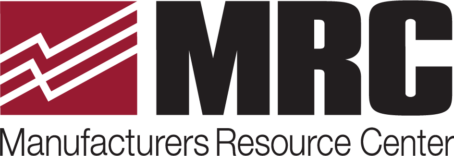 Invest in your professional development and join the ranks of elite problem-solvers with Six Sigma Black Belt Training.
Invest in your professional development and join the ranks of elite problem-solvers with Six Sigma Black Belt Training.
 By acquiring advanced problem-solving skills and in-depth knowledge of Six Sigma methodologies, you’ll be equipped to lead complex improvement projects and drive tangible results. Stand out in your career, unlock new opportunities, and become a highly sought-after professional in the field of process improvement.
By acquiring advanced problem-solving skills and in-depth knowledge of Six Sigma methodologies, you’ll be equipped to lead complex improvement projects and drive tangible results. Stand out in your career, unlock new opportunities, and become a highly sought-after professional in the field of process improvement.
MRC’s Six Sigma Black Belt course consist of classroom and onsite mentoring sessions. The training initially runs simultaneously with our Green Belt class and focuses on Green Belt topics. Next we build on that foundation and expand to Black Belt material. This improves synergy within organizations by enabling individuals from the same company to attend the training together even though their experience may differ.
In addition to the Green Belt topics, the training focuses on:
- Advanced regression and Analysis of Variance (ANOVA)
- Advanced capability
- Designs of Experiment (DoE)
- Non-parametric distribution(s)
- Logistic regression
Course Highlights Include
- Process flow charting
- Inferential statistics
- Distributions and Statistical Processes Control charts
- Correlation and regression
- Multiple regression
- Process capability
- Goodness of fit testing
- Measurement systems analysis (Gauge R&R)
- Factorial Design
- Variability reduction using Designs of Experiment (DoE)
- Failure Mode Effects and Criticality Analysis (FMEA)
MRC’s Six Sigma Black Belts are able to explain multiple regression, perform factorial experiments, determine size calculations needed for experiments, and describe the different types of process optimization. Black Belt projects typically deliver $50,000~$100,000 in process improvement-driven cost savings.
These courses are ideal for senior-level decision makers, general managers, supervisors, group leaders, quality managers, and individuals from any discipline that wants to apply the Six Sigma methodology to eliminate waste, reduce inventory, improve processes, increase throughput, or improve bottom-line financial results.
